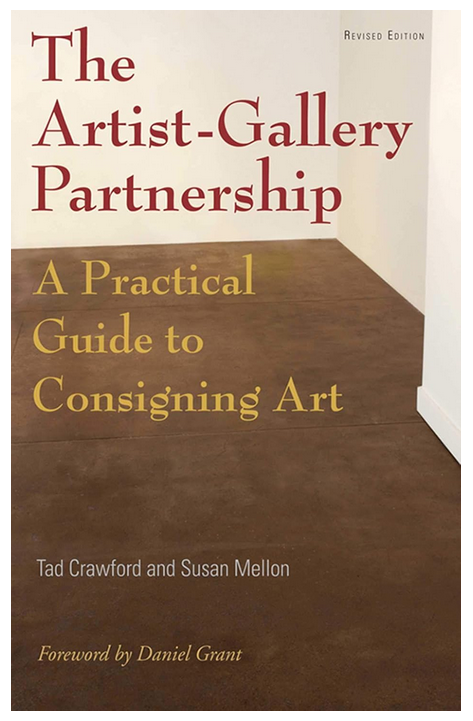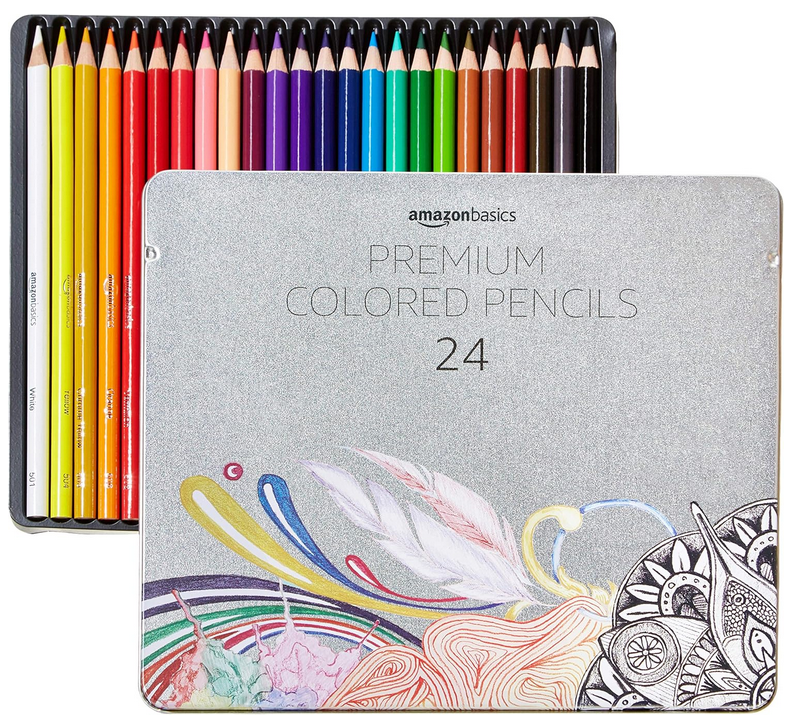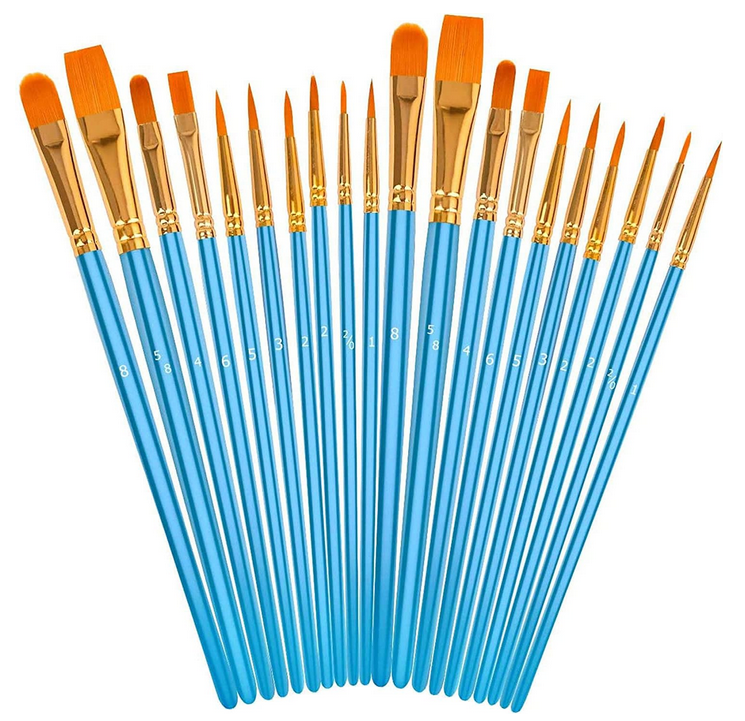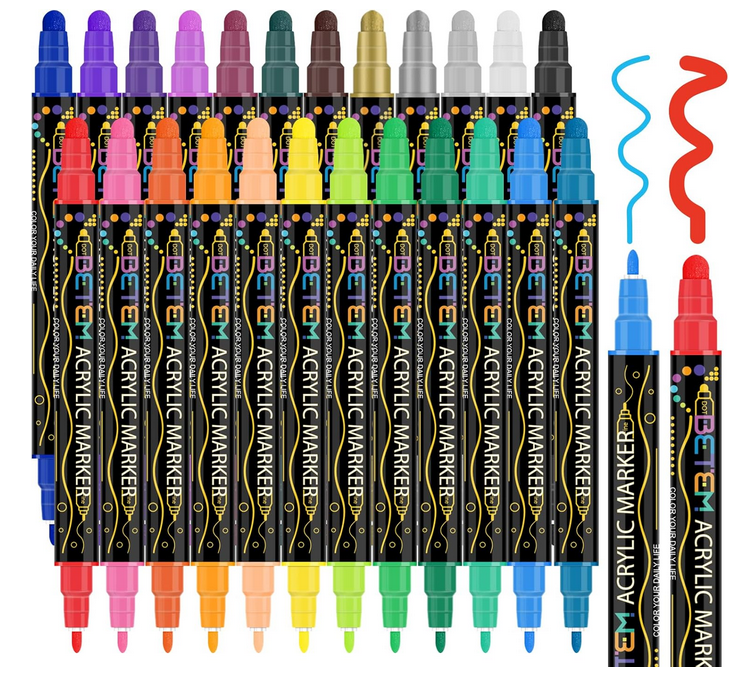- Home
- Art Careers
- Embarking on an Art Career
Art Career Business
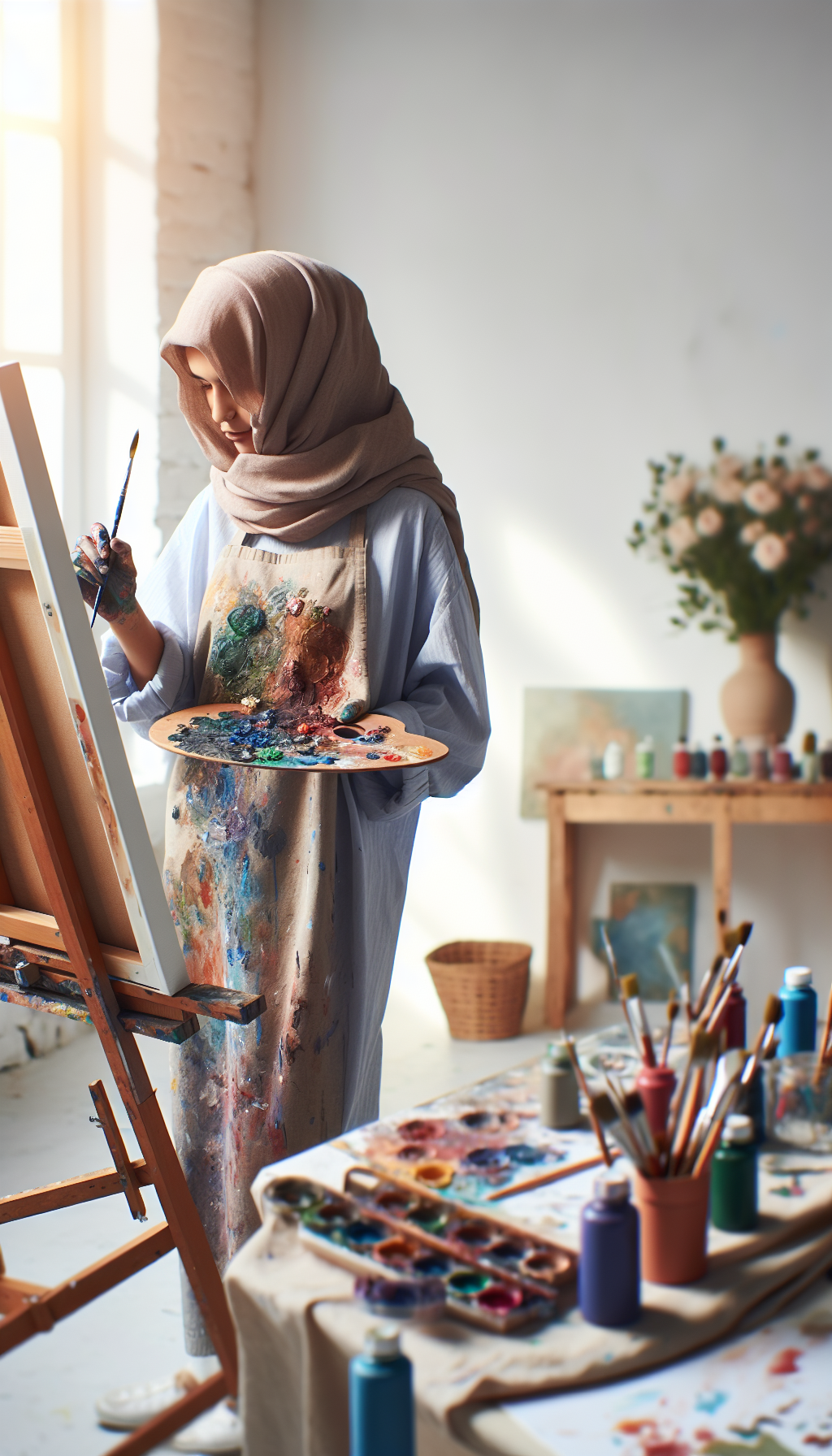
A fine artist produces artwork from the studio and then the work is subject to the art career business. The art is set before the public as an element of earning a living through one's art. What are some steps in the art career? Here are a few forethoughts below for strategically approaching a decision about a fine art profession.
Embarking on an Art Career Business:
Earning a Living Through Art
Choosing a career in the fine arts can be a rewarding decision for many secondary students who wish to combine their creative passions with the practical objective of earning a living through art. While challenging, a career in the arts offers immense personal satisfaction and financial potential when approached with dedication and strategic planning.
Understanding the Art Scene
Embarking on an art career is to find oneself suddenly in the middle of the diverse landscape of the art world. Fine arts include a variety of media such as painting, sculpture, printmaking, and more contemporary forms like digital art and installation artistry. The art scene is vast and evolves with cultural trends, offering multiple opportunities for artists to showcase their unique talents and outlook.
Art galleries, museums, and exhibitions are traditional venues where artists can display their work. In recent years, the digital space has become a vital platform for artists to reach wider audiences and sell their work globally. Websites, social media, and virtual galleries continue to provide new avenues to showcase and sell artwork.
Preparing for a Fine Arts Career
Education plays a pivotal role in developing artistic skills. Students should
consider pursuing formal education in art colleges or universities that
offer specialized programs catering to various art forms. The college years should yield an opportunity for the student to gain understanding of the intricacies of the art market
In addition to formal education, self-directed learning is essential. Engaging in discussion with your art teacher about art lesson plans can further enhance understanding and inspire creativity. Outside of day-to-day school, exploring off-campus venues to see diverse artistic styles and techniques through workshops, online courses, and art communities can also help hone artistic skills.
Artists aspiring to earn a living through art have the portfolio as a tool for introducing themselves to the professional world. A strong portfolio showcases an artist's range, personal style, and technical skills. Secondary students should start compiling their work early, constantly updating it to reflect growth and maturity in their art. A portfolio may be required as part of an application to post-secondary studies in art. Then, as more experience accrues and more art work accumulates during college years, the portfolio is refined before submitting for a job application or to get the attention of an art dealer.

Navigating Art Exhibitions and Galleries
Gaining gallery representation is a significant milestone for aspiring artists. Galleries provide exposure and connect artists with potential buyers. However, getting into galleries requires strategic planning and networking.
Artists should begin by identifying galleries that align with their style and ethos. Visiting galleries and attending exhibitions can provide insights into the type of artwork each gallery prefers and the clientele it attracts.
Developing relationships with gallery owners and curators can open doors for future representation. Attending gallery openings and networking events allows artists to connect with key players in the art industry and discuss their work in informal settings.
Establishing Business Relationships
Art dealers and agents play a crucial role in an artist's career by promoting their work and connecting them to buyers. Establishing a business relationship with art dealers or agents requires professional conduct and mutual respect.
Artists seeking representation should research potential dealers or agents who specialize in their medium or style. A well-targeted approach increases the likelihood of finding someone who shares the artist’s vision and can effectively market their work.
Communicating professionally with potential art dealers is crucial. An artist should be clear about their goals, share their portfolio, and discuss their expectations from the partnership. Transparency ensures a beneficial relationship for both parties.
The Business Side of Art

Understanding the commercial aspect of art is essential for artists looking to earn a living through art. This includes pricing artwork competitively, managing finances, and understanding tax implications.
Pricing art involves considering factors such as the time invested, materials used, and the art market’s current status. Artists should decide whether they will be prepared to negotiate with potential buyers while ensuring they do not undervalue their work.
Maintaining financial records and income tracking are vital for managing an art career. It helps in understanding the art business's profitability and assists in future financial planning.
Artists should also be familiar with legal aspects, such as copyright laws and contracts with galleries, to protect their work and interests. A dealer or an agent should be your partner in theses aspects.
Digital Presence and Marketing
A strong digital presence can significantly enhance an artist’s reach and reputation. Artists can utilize social media platforms like Instagram, Facebook, and Pinterest to showcase their work and engage with a broader audience.
Creating a personal website serves as an artist’s digital art gallery. It provides a comprehensive view of their portfolio, biography, and contact information for potential buyers interested in commissions or purchases.
Blogging about art processes, inspirations, and exhibitions can also attract followers who share a genuine interest in the artist’s journey.
Continuous Artistic Development and Networking
An art career requires continuous growth and development. Artists should dedicate time to refining their skills, experimenting with new techniques, and remaining open to constructive criticism.
Attending workshops, art fairs, and seminars helps artists stay informed about new trends and techniques in the art world. These events also offer networking opportunities with fellow artists, collectors, and art enthusiasts.
Joining artist collectives or groups can provide support and collaborative opportunities. These communities promote camaraderie, inspire creativity, and drive artistic ambition.
Regularly visiting art exhibitions and perpetual self-education through art books and online resources can stimulate artistic thinking and creativity.
The Emotional Journey
Earning a living through art comes with its share of emotional challenges. The subjective nature of art can lead to self-doubt and external criticism. However, resilience and self-belief are critical to overcoming these hurdles.
Artists should focus on developing a thick skin and learning from feedback without compromising their artistic integrity. Embracing criticism as a tool for growth is essential for long-term success.
Maintaining a balance between commercial work and personal projects allows artists to stay true to their passion while generating income.
Conclusion: The Path Forward

The journey to earning a living through art is paved with opportunities and challenges. Secondary students contemplating an art career should approach it with an entrepreneurial mindset, blending creativity with business acumen.
Success in the art world requires strategic planning, continuous development, and dynamic networking. By understanding the art scene, preparing diligently, and creating meaningful connections, aspiring artists can navigate their path to a lucrative career in fine arts.
Secondary students are encouraged to pursue their artistic dreams/goals, mindful of the dedication and resilience required. With the right preparation and mindset, earning a living through art is indeed a fulfilling and viable career path.
By following the guideline of hard work, persistence, and strategic networking, students can confidently step into the world of fine arts, transforming their mindset/stance/creativity into a successful career.
Implementation Steps for Secondary Students
Step 1: Develop Your Skills
Start by taking art classes in school to enhance your foundational skills. Seeking out additional specialized classes or workshops can also be beneficial.
Devote time to exploring different mediums and styles. Understanding a variety of artistic techniques develops versatility and encourages creative thinking.
Regular practice is essential. Set aside time each week to work on your art, even outside of structured classes.
Step 2: Build a Strong Portfolio
Begin compiling a portfolio that includes your best work. Remember to keep it updated with new pieces that reflect your growth and proficient skills.
Make sure your portfolio showcases a range of styles and techniques. Diversity within your work can attract a wider audience and potential buyers.
Seek feedback from art teachers or mentors to ensure your portfolio meets industry standards.
Step 3: Network with Artists and Industry Professionals
Attend art exhibitions, local galleries, and art fairs. These venues offer opportunities to meet fellow artists and potential patrons.
Demonstrate your interest in the art community by participating in artist forums or online groups. Engaging with discussions can expand your understanding and create valuable connections.
Step 4: Explore Digital Platforms
Establish an online presence to reach broader audiences. Maintain active social media profiles to share your artistic journey and interact with followers.
Consider setting up an online store or working with digital platforms dedicated to selling art, providing an additional revenue stream while building your reputation in the digital world.
In conclusion, earning a living through art is a journey that requires artistic exploration, business insight, and networking efforts. Secondary students should harness these strategies to effectively transition their passion for art into a flourishing career path.
Conclusion: Art means business!
Okay, so now I've put on some ads from Amazon - from which I may earn a few cents. (2025)

